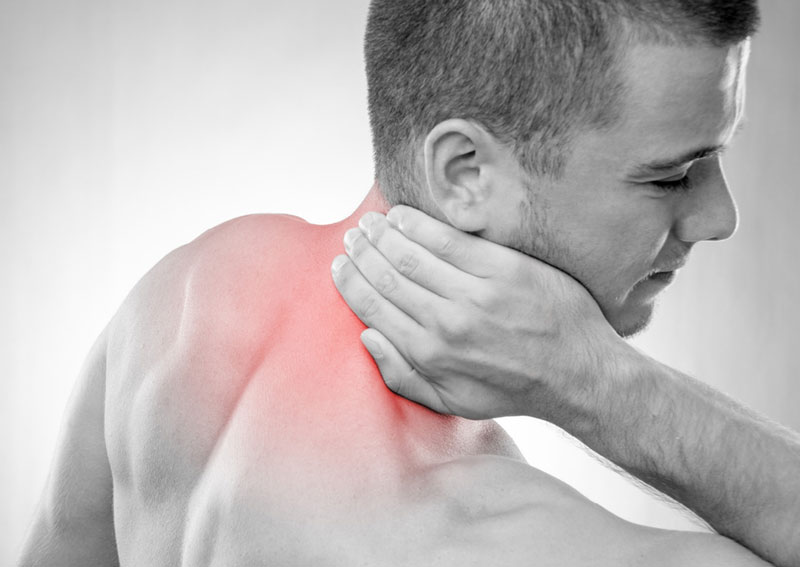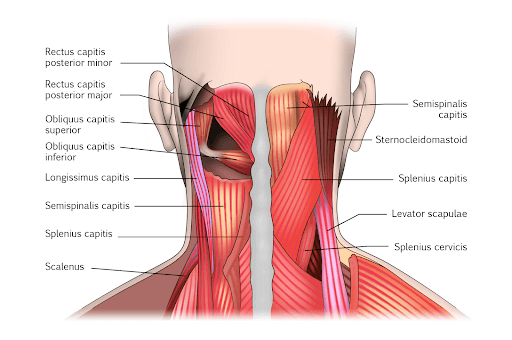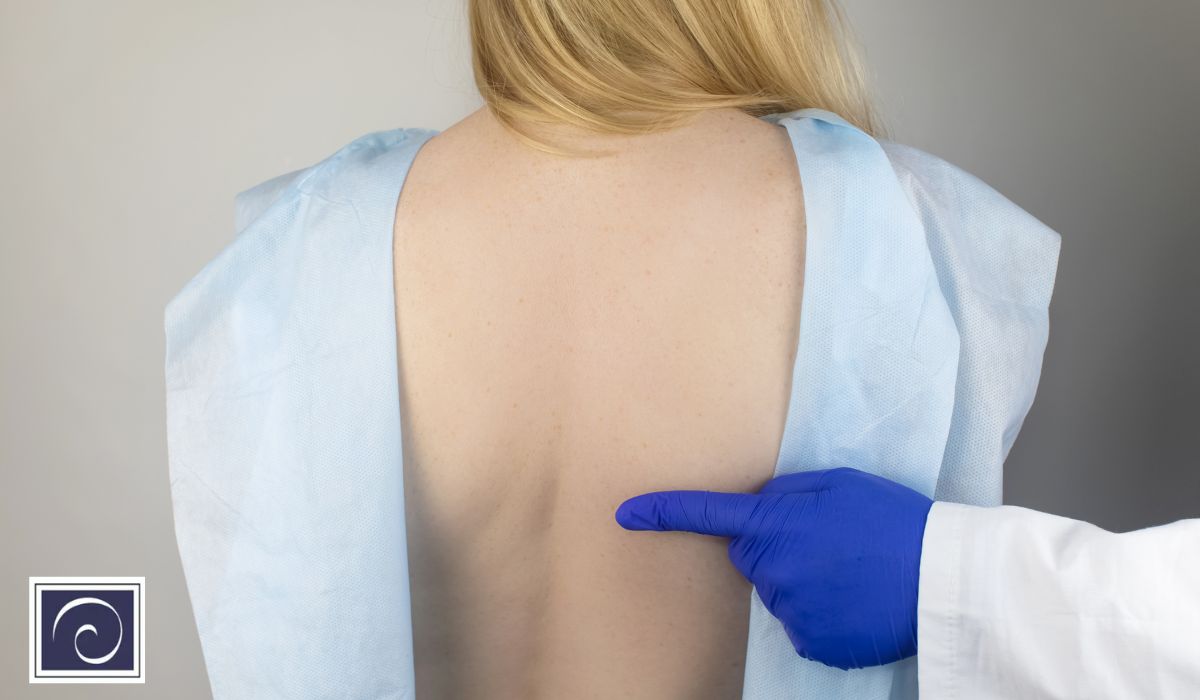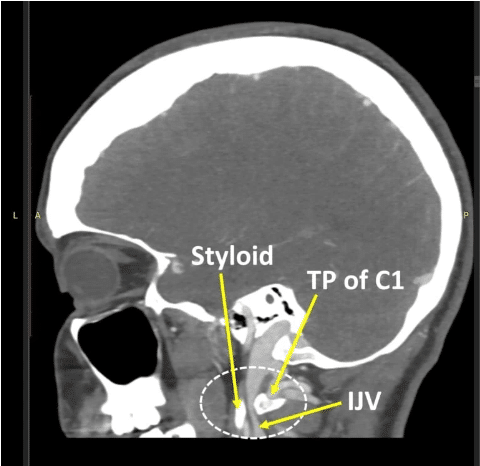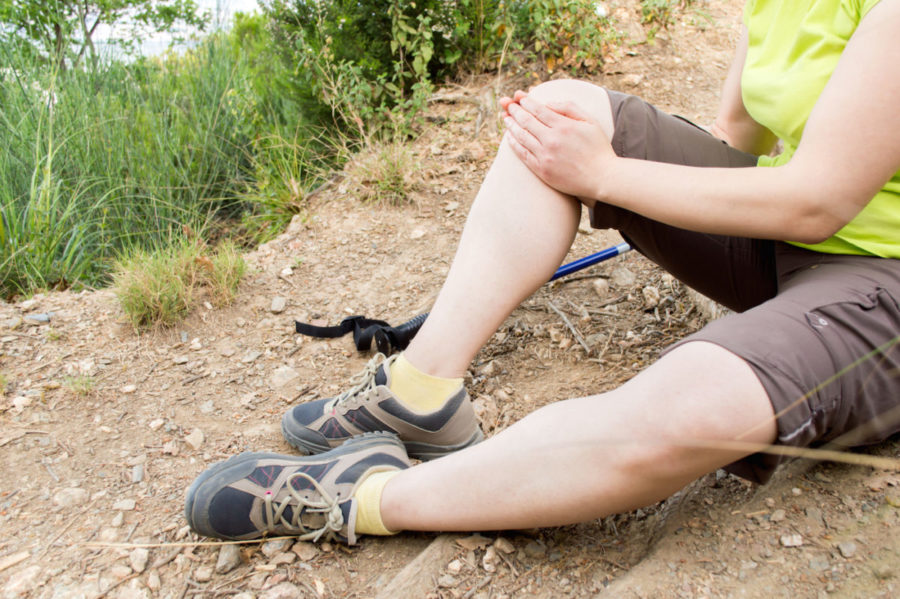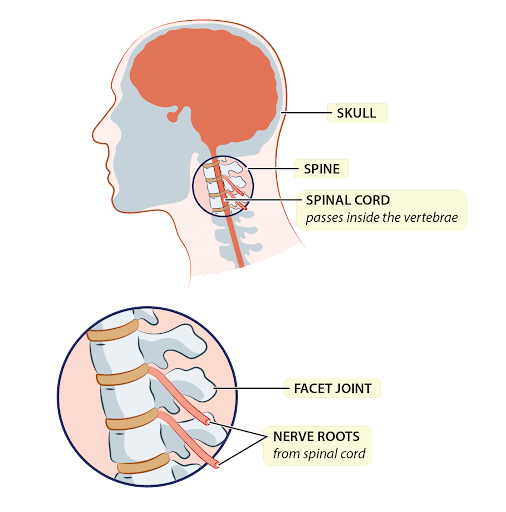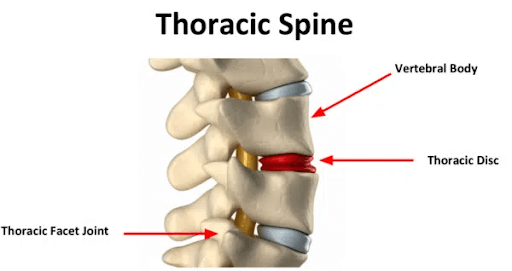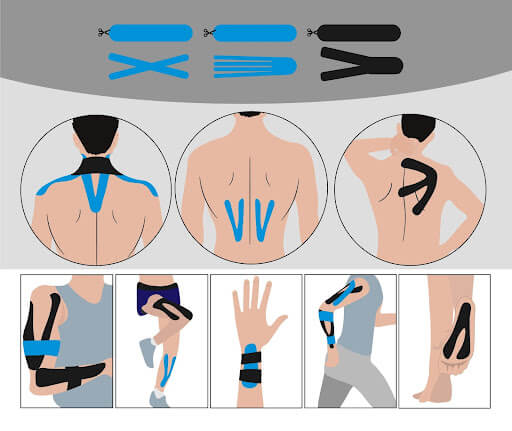Why Does My Neck Hurt?
Neck pain can result from various factors, including poor posture, muscle strain, injury, or underlying medical conditions. It can be treated effectively when diagnosed properly. Treatment options may include physical therapy, pain management, exercise, and lifestyle changes to address the root causes of the pain and significantly improve your comfort and quality of life. If … Continued

